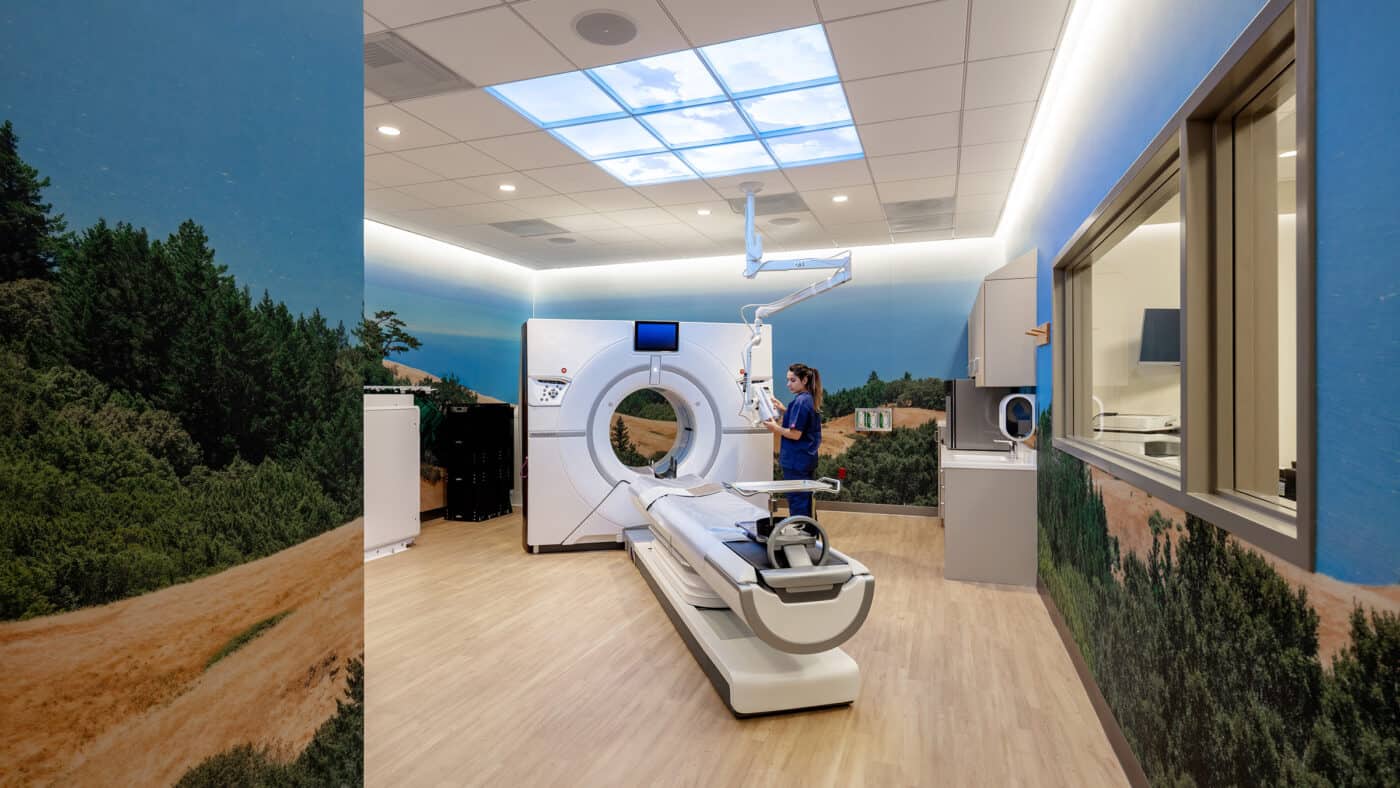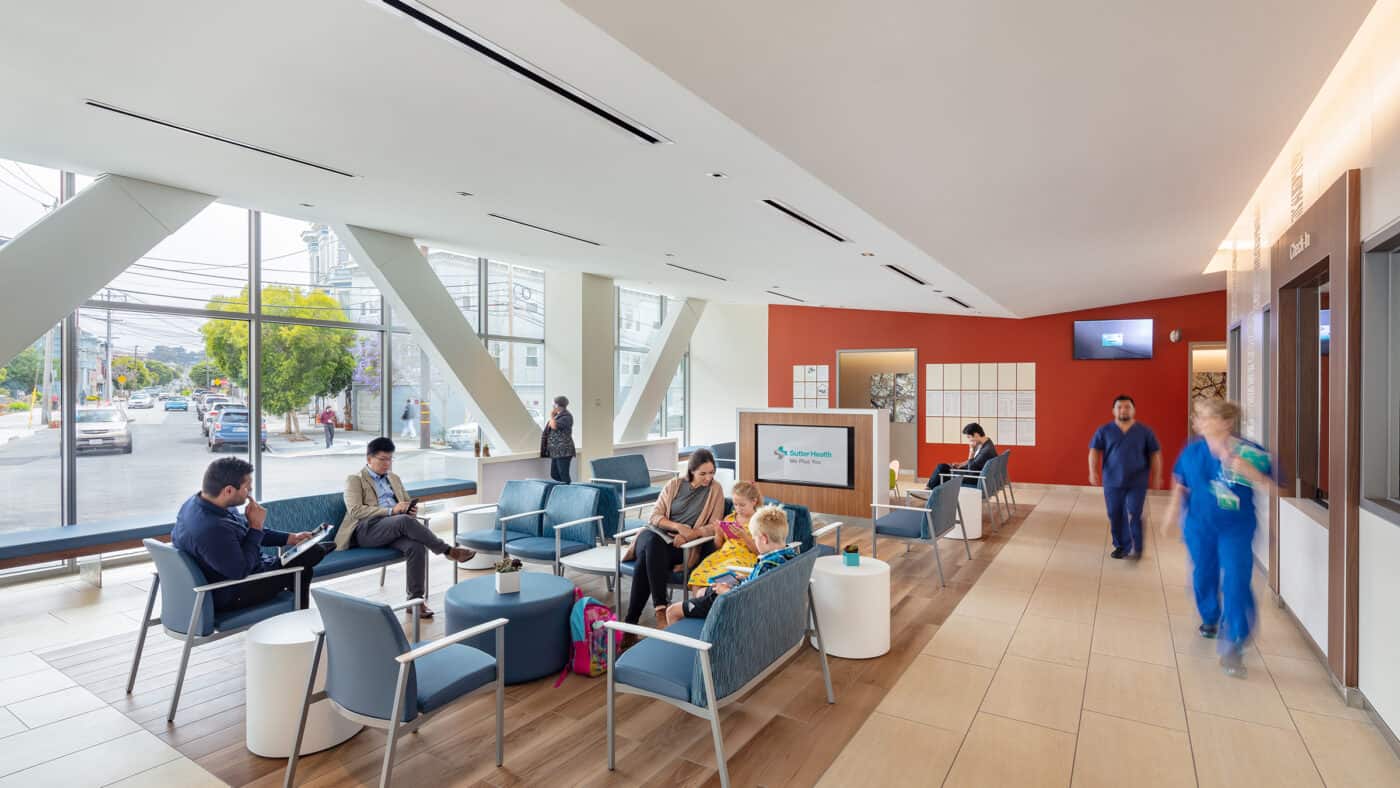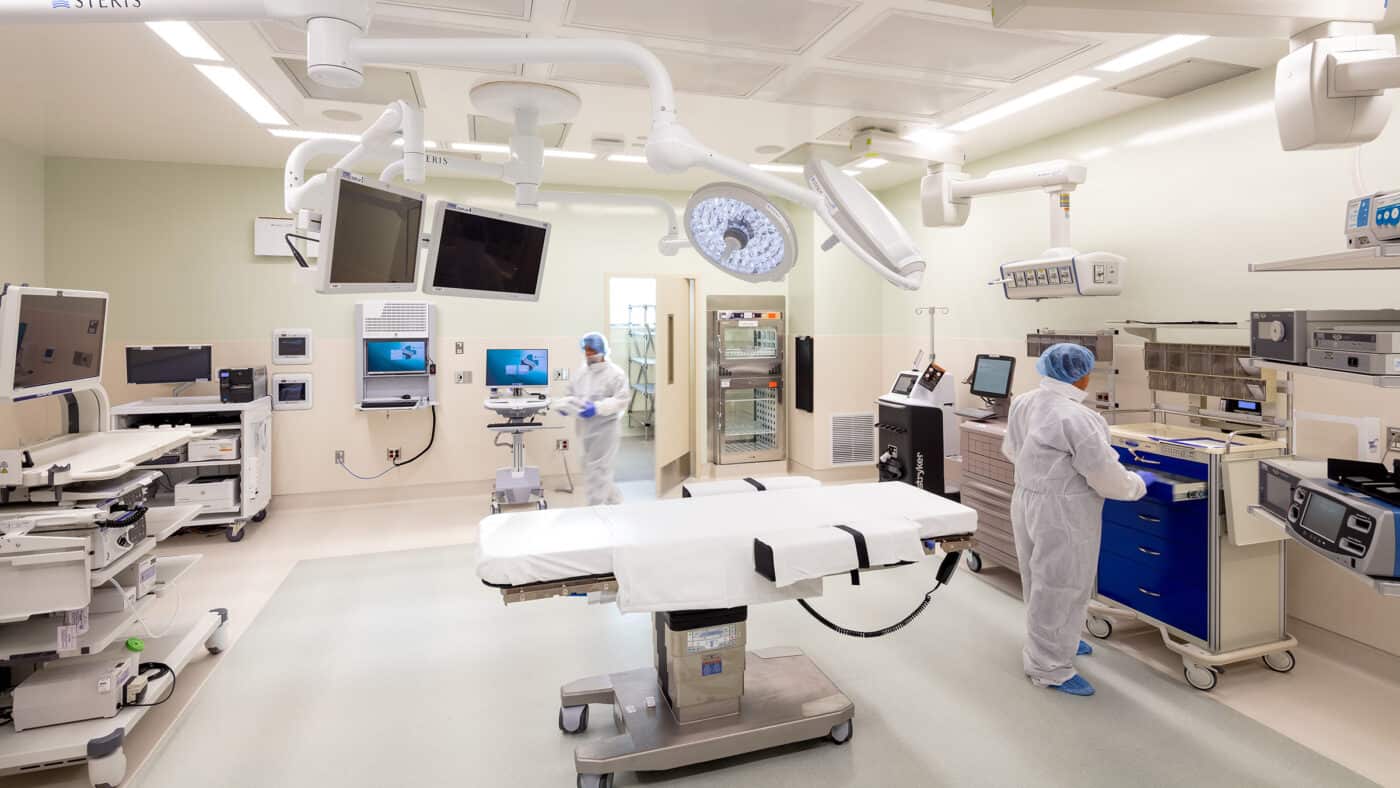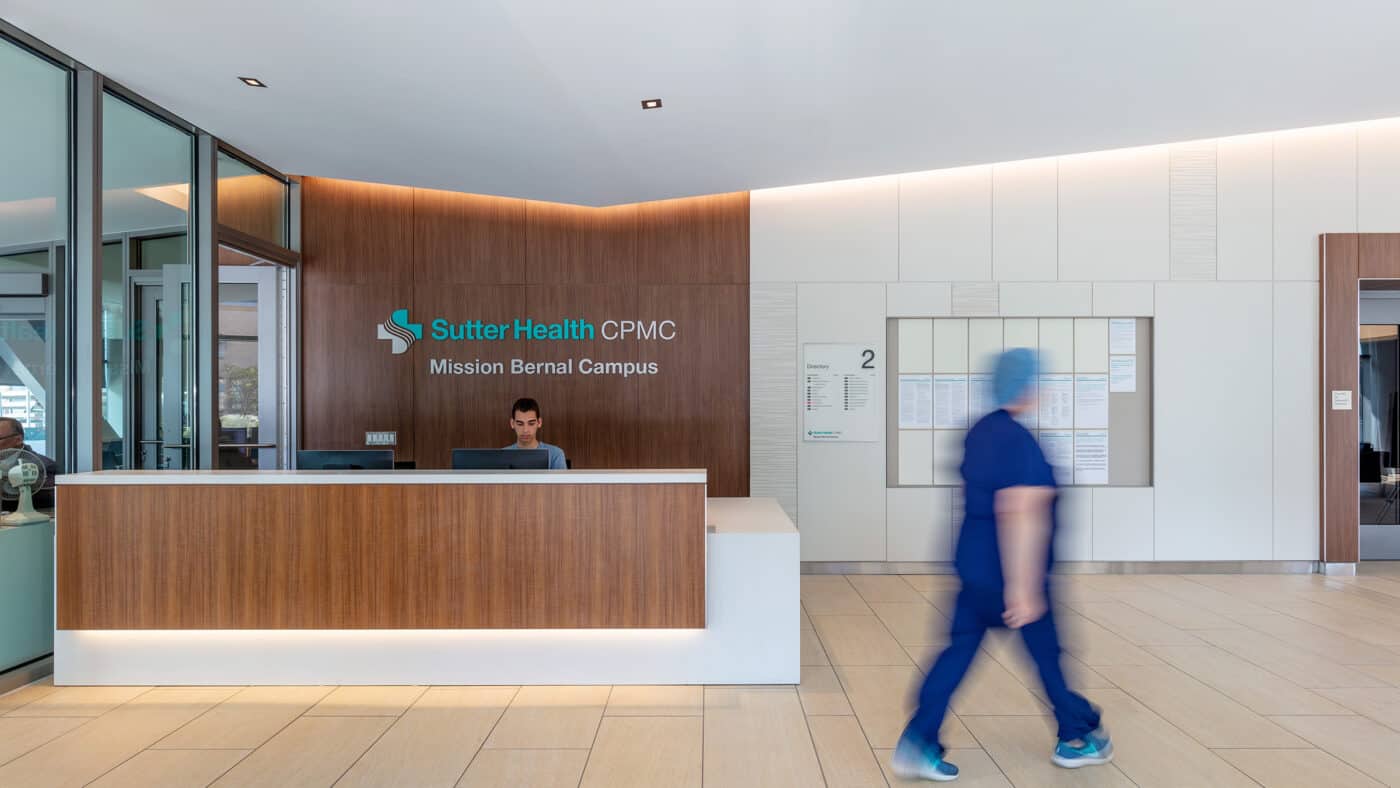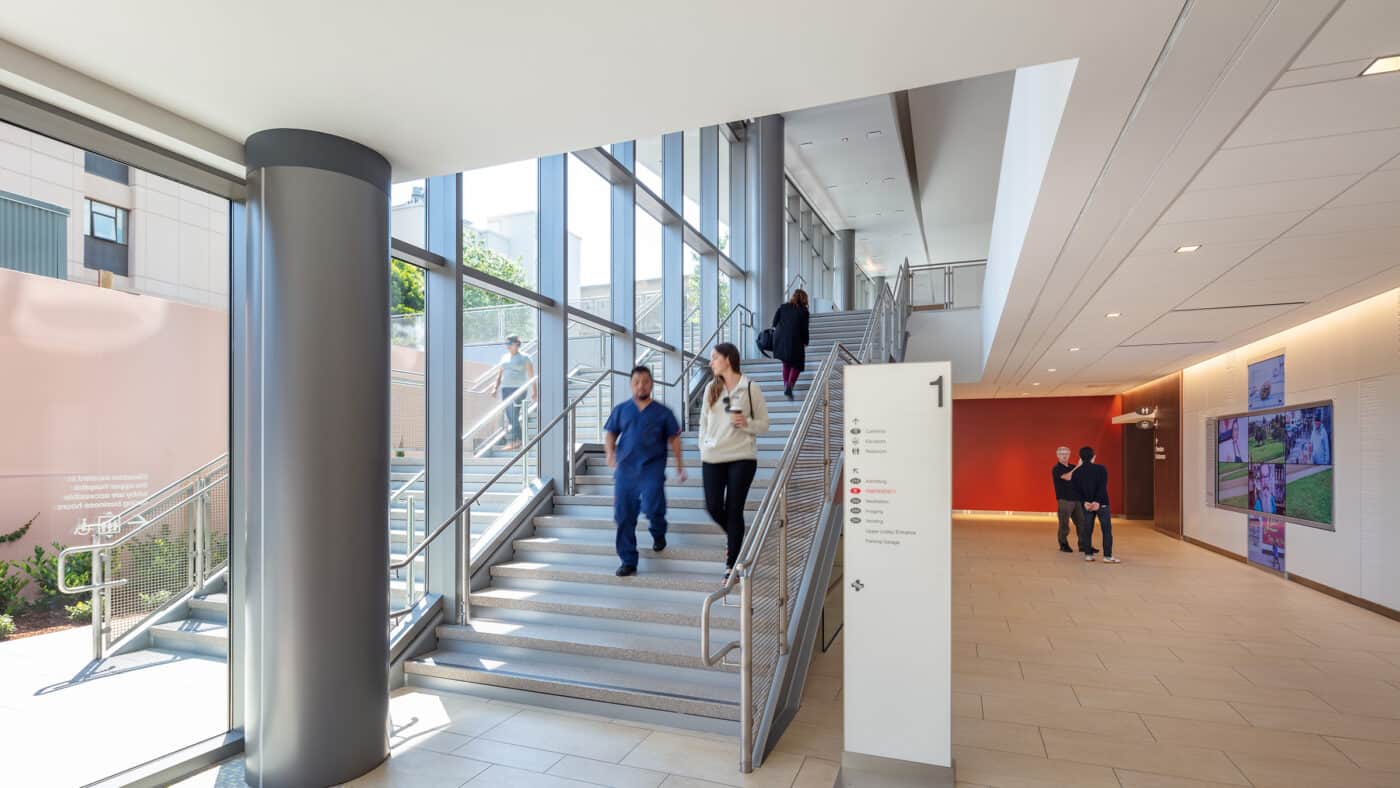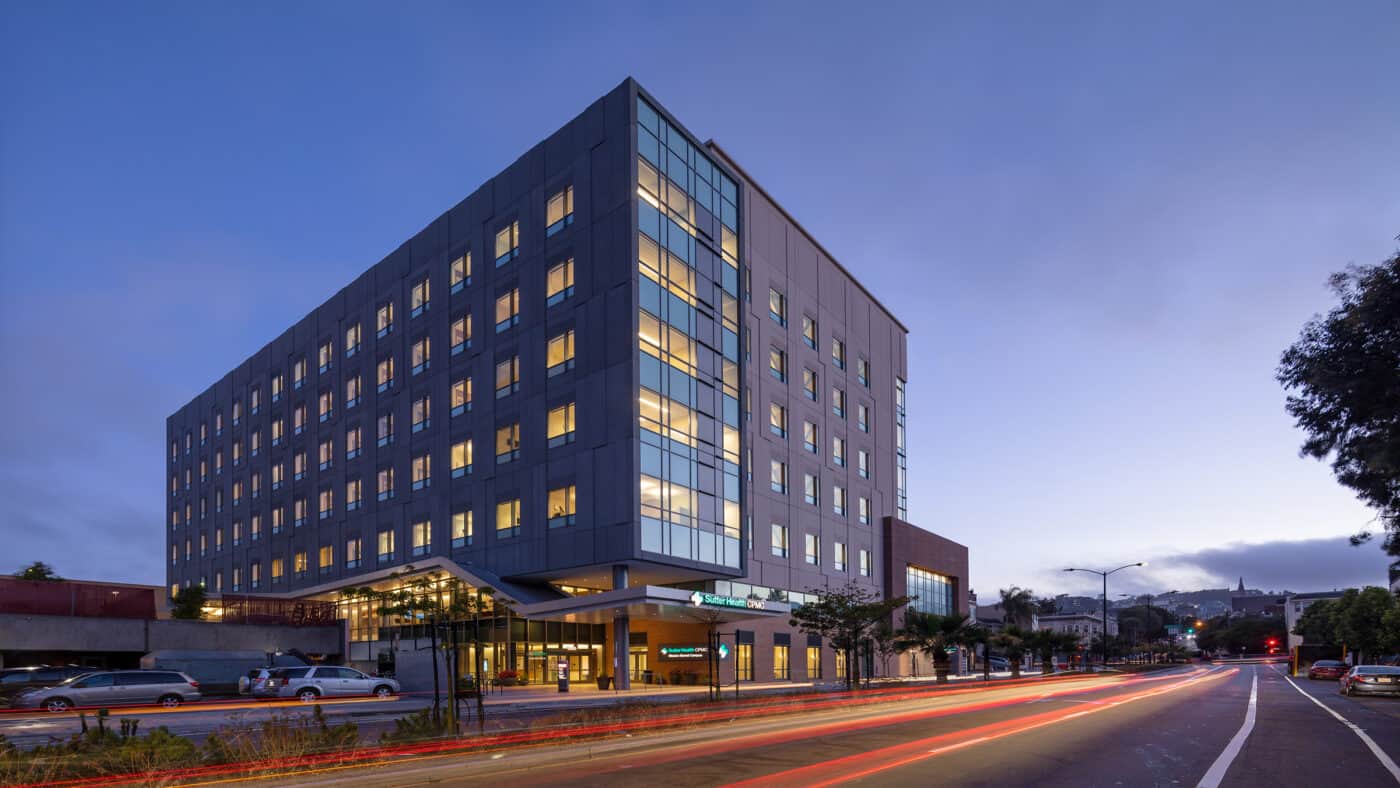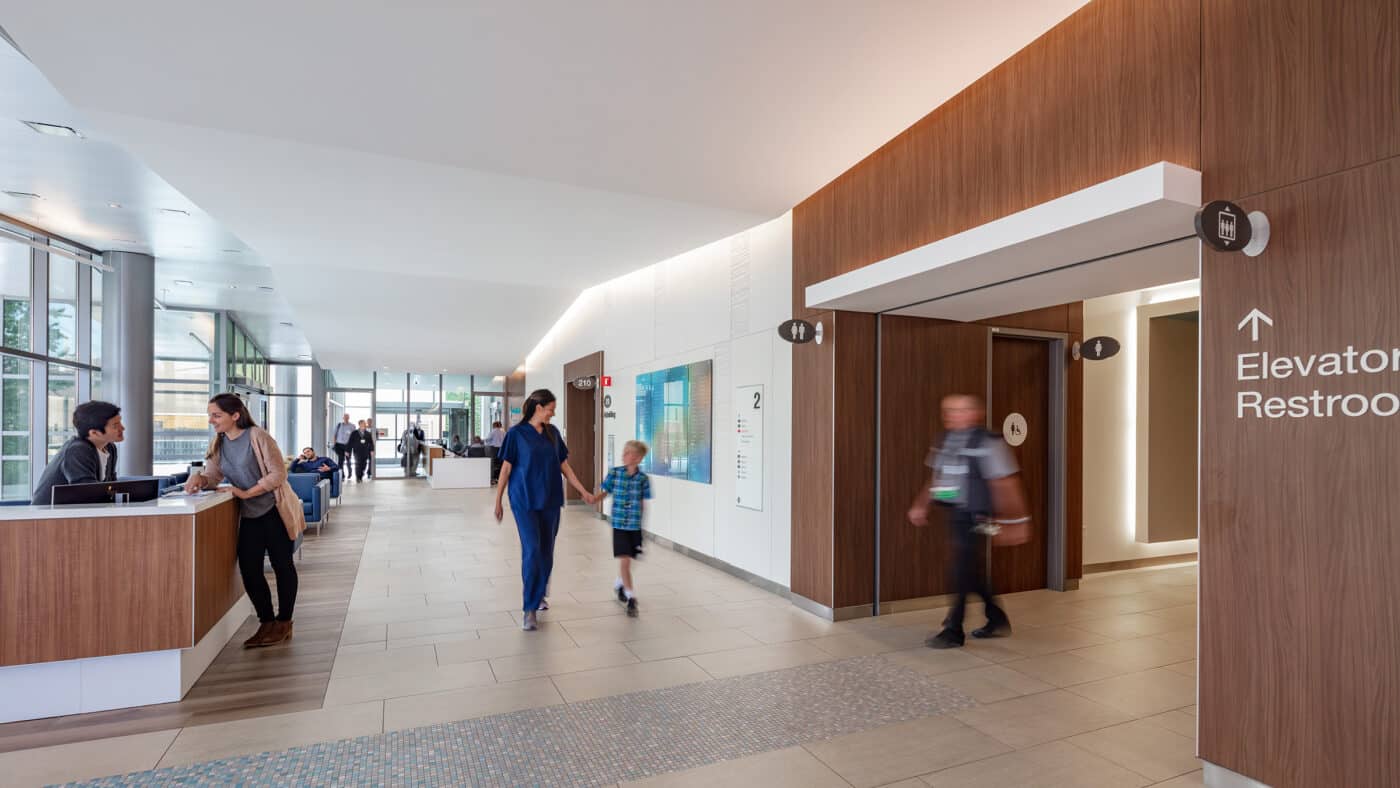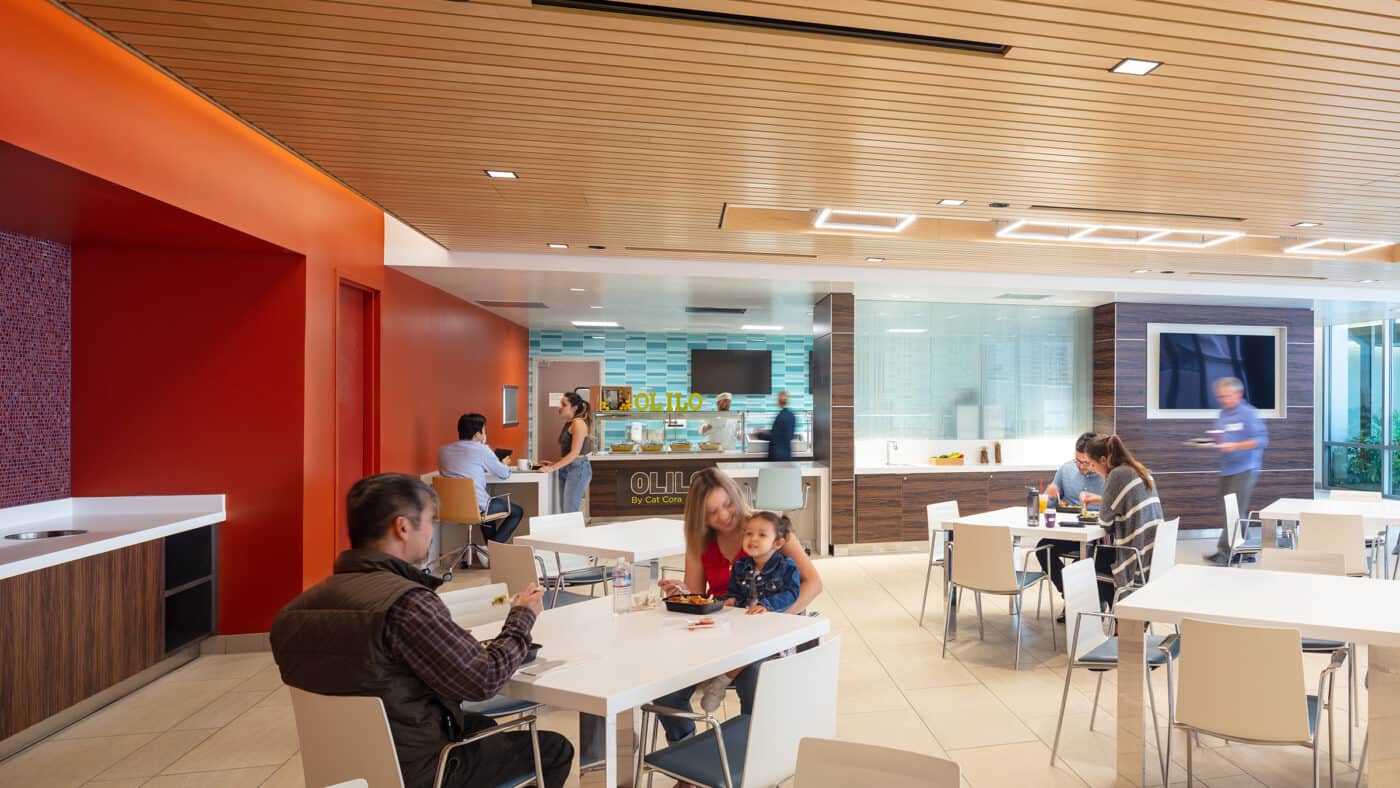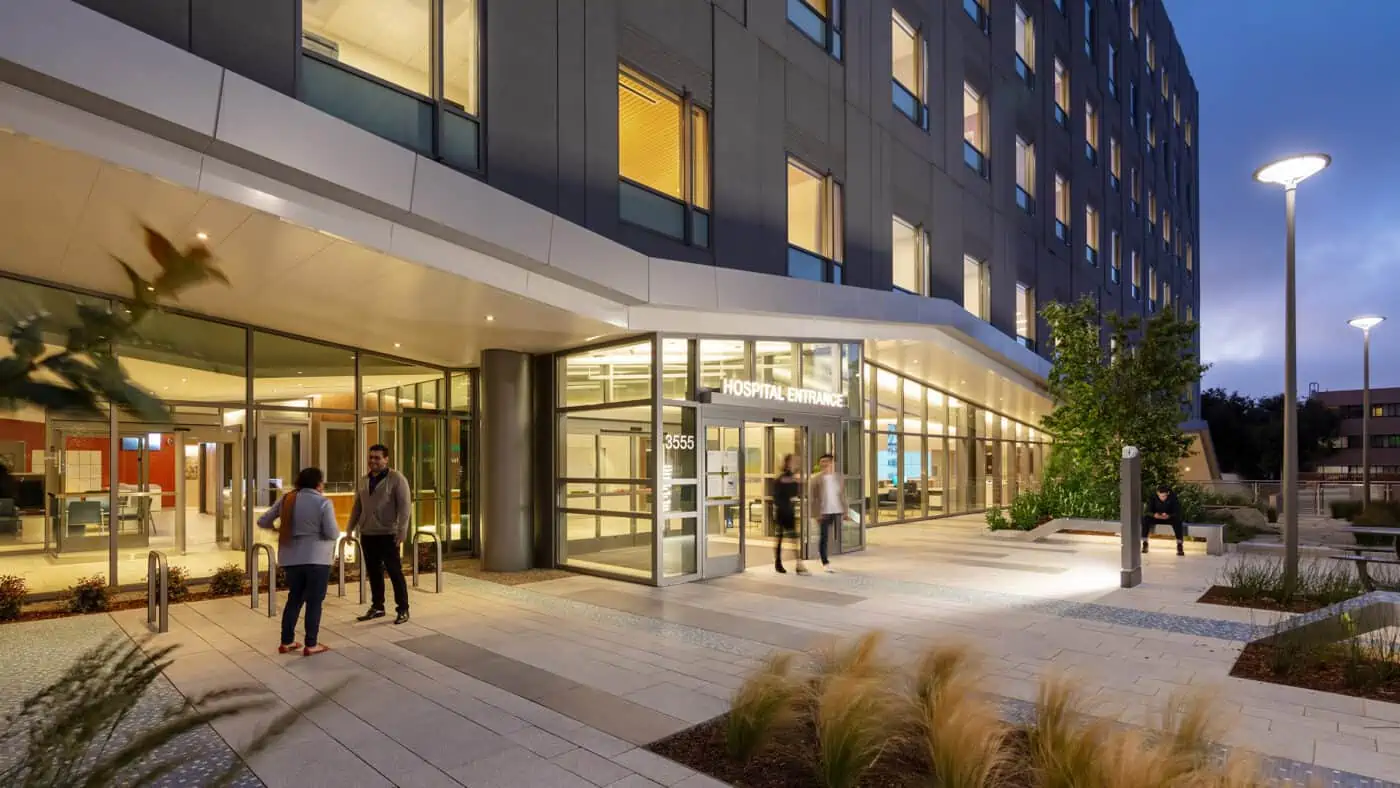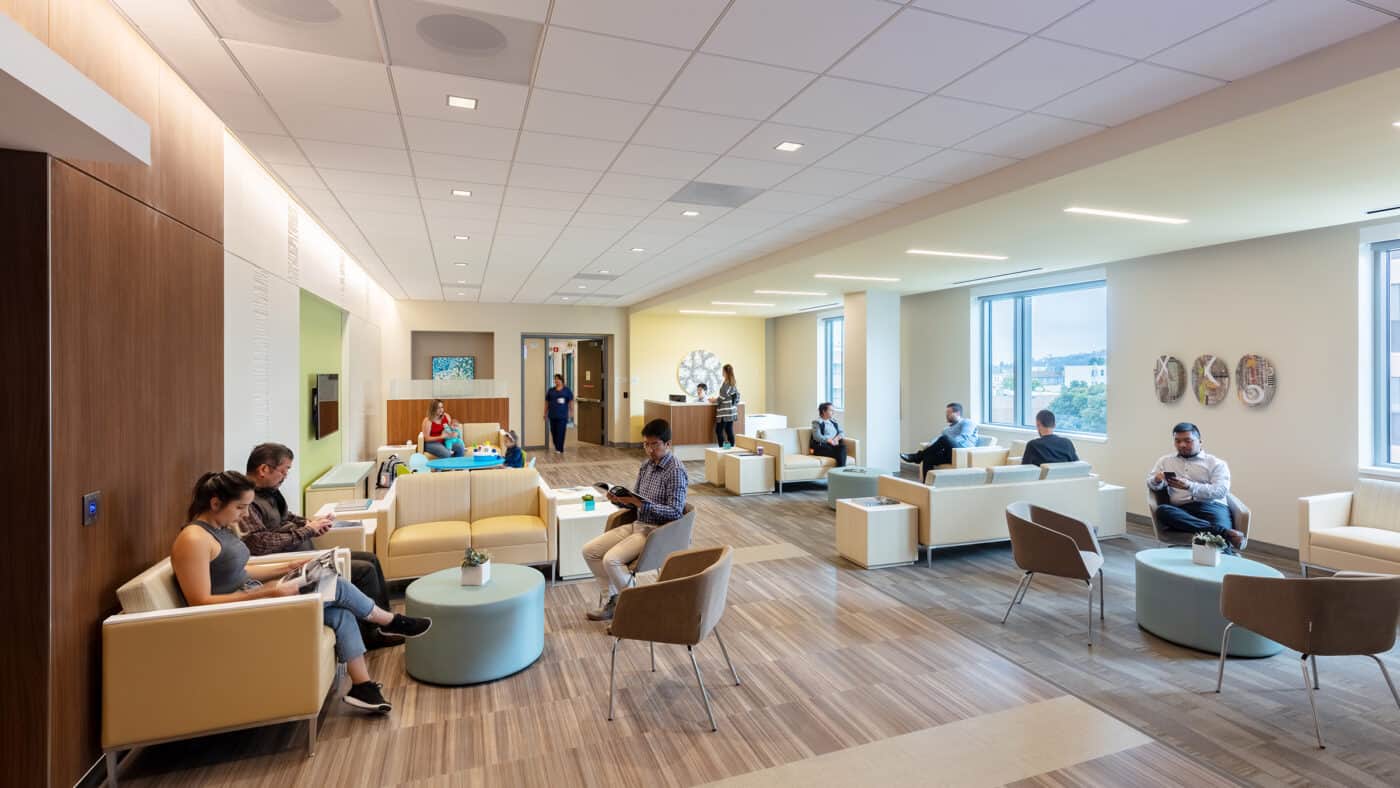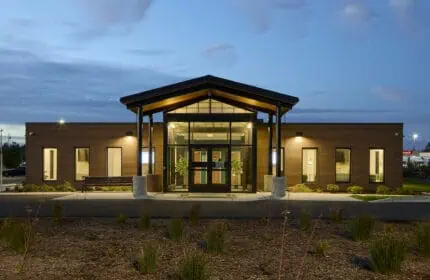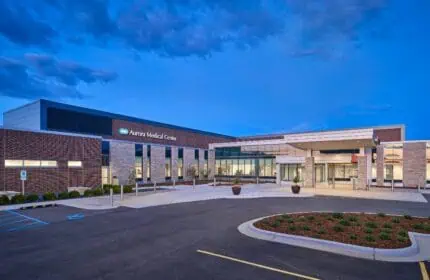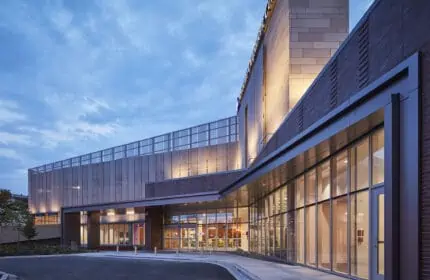Sutter Health CPMC – Mission Bernal Campus Hospital
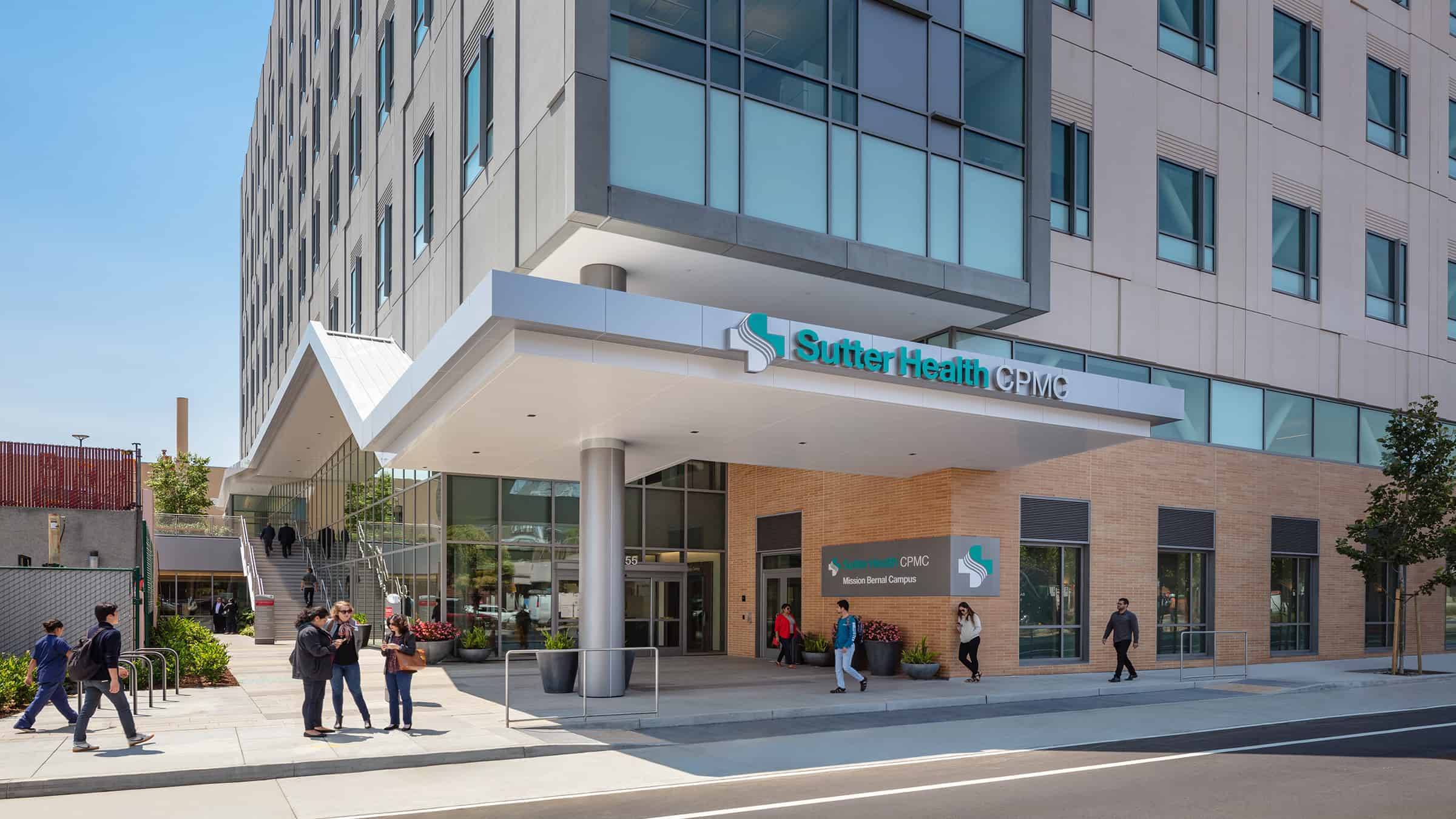
Boldt has partnered with Sutter Health on a wide variety of projects over the years, including the Mission Bernal Campus Replacement Hospital. Delivered as a joint venture with another area construction firm, Boldt constructed a seven-story, 120-bed, 234,000 SF OSHPD-1 facility in an active urban site. The building program includes an emergency department with 16 exam / treatment rooms, 88 medical / surgical beds, 10 ICU beds, and 22 labor / delivery and postpartum beds. Supporting services include an imaging department with an MRI, five operating rooms and a CT.
The MBC replacement hospital maintains vital services to its local community as a key component of Sutter Health CPMC’s multi-campus strategy. It provides urgent care and emergency services, acute and critical care inpatient services, and special centers for birthing and senior health to the Mission District of San Francisco. The campus is also a robust ambulatory center and a portal for residents to the wealth of CPMC’s more intensive city-based tertiary and quaternary specialties. The facility complies with the most stringent building requirements of California law and remains operational after a strong earthquake. Designed to achieve LEED–Silver certification, the design also reduces greenhouse gas emissions by lowering the use of energy and water, as well as using 100% fresh air.
The key to the successful IPDT was the co-location of 60 designers, contractors and the owner together at one site. By leveraging the knowledge and expertise from designers and builders at one time, maximum value and cost savings were delivered throughout the project’s entire lifecycle.
Sutter Health
San Francisco, California
SmithGroup / Boulder Associates
- Construction Manager
- Construction Delivery Methods
- Joint-Venture Partner
New Construction
234,000 SF
Silver
MARKET
Healthcare
Project Highlights
- This project was one of the first California hospitals to engage OSHPD in an electronic review for permitting and construction changes. This saved millions of dollars and shaved a month off the project’s already-compressed 10-month target schedule.
- Prefabricated modular building components were used to increase efficiency and reduce costs.
- The project co-located a team of 60 designers, contractors and the owner, creating opportunities for collaboration and quick decision making.
